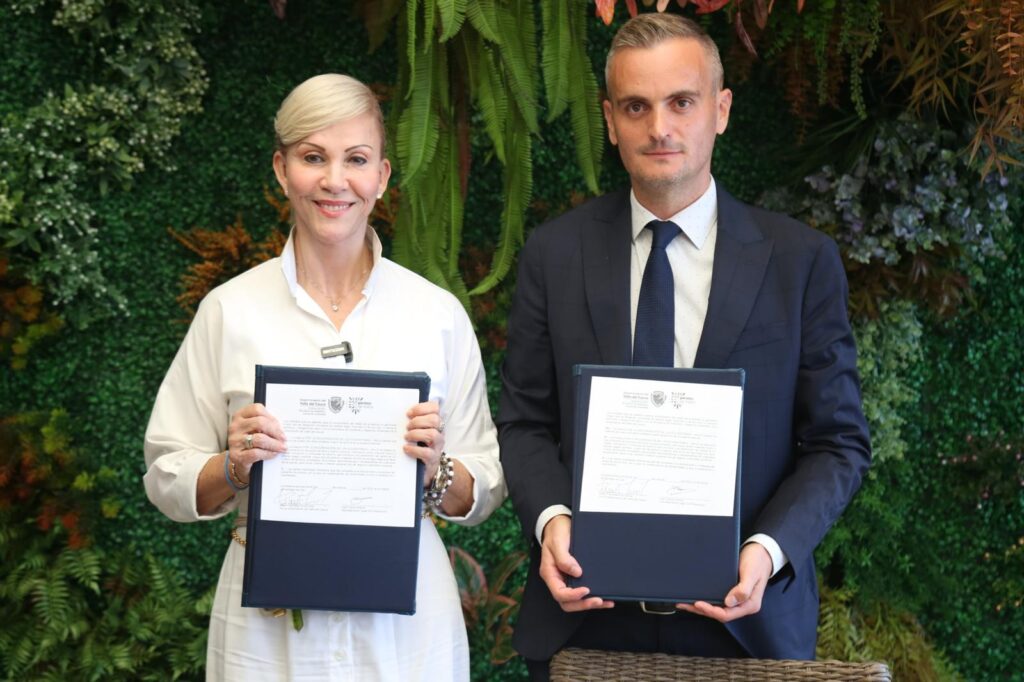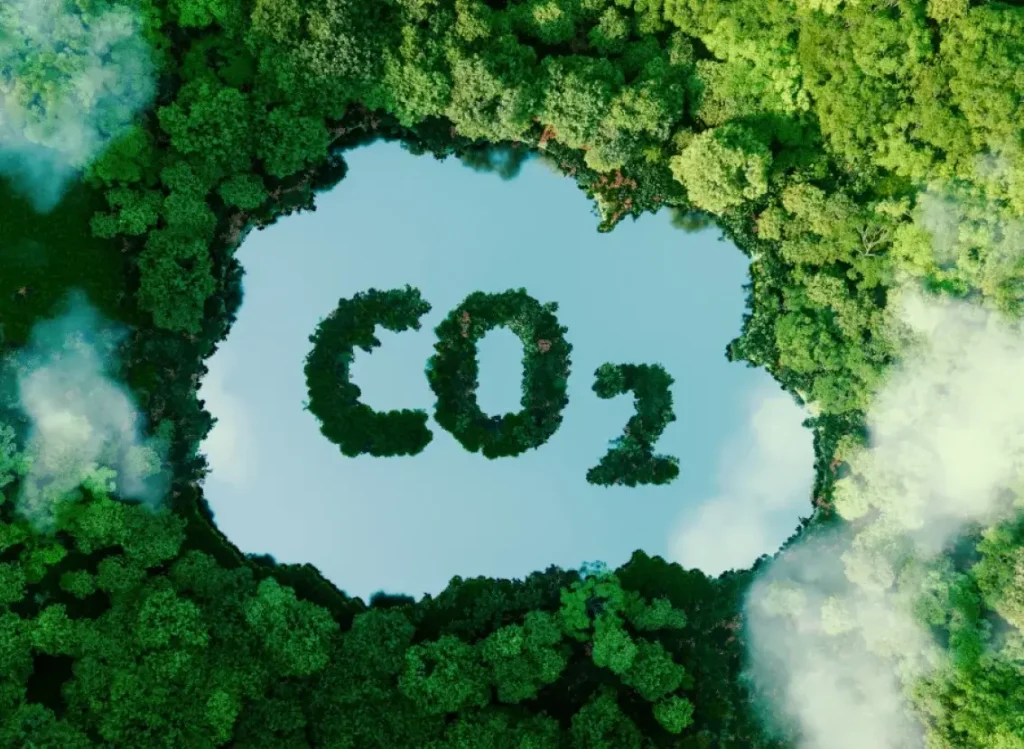With the goal of being Net Zero, decarbonization has become a key objective for many industries and companies. Understanding the environmental impact of your products and services is necessary to develop a sustainability strategy that reduces carbon emissions.
Life cycle analysis (LCA) is a methodology that allows evaluating the impact of a product or service from its manufacturing to its final disposal. To begin the decarbonization process, the different phases of the value chain must be evaluated:
Manufacturing: The First Step towards Decarbonization
Decarbonization begins in the manufacturing phase, where large amounts of carbon emissions are generated due to the use of energy and raw materials. To address this challenge, you can adopt more sustainable manufacturing practices, such as adopting renewable energy sources, optimizing processes to reduce waste, and using materials with low environmental impact. By investing in clean and efficient technologies, you significantly reduce your carbon footprint from the start.
Transportation and Logistics: Minimizing Emissions Along the Supply Chain
Transportation and logistics also play an important role in the life cycle of products and have a significant impact on carbon emissions. To address this challenge, shorter and more efficient routes are sought, and more sustainable means of transport are chosen, such as rail or sea instead of trucks. Additionally, the use of electric vehicles and the adoption of green logistics practices can help further reduce emissions associated with the transportation of products.
Use and Maintenance: Promoting Energy Efficiency and Durability
During the use and maintenance phase, products can continue to generate carbon emissions if they are not used efficiently. To address this challenge, it is important to promote energy efficiency and durability of products, encourage consumers to use them responsibly, and provide repair and maintenance options to extend their useful life. By investing in high-quality, durable products, consumers can reduce their carbon footprint over time.
Waste Management: Closing the Life Cycle of Products in a Sustainable Way
Finally, waste management plays a key role in decarbonization, as it determines the final destination of products at the end of their useful life. To address this challenge, it is important to encourage recycling and reuse of products wherever possible, thereby reducing the need to mine and manufacture new materials. Additionally, adopting sustainable waste management practices, such as composting and incineration with energy recovery, can help minimize carbon emissions associated with waste disposal.
Towards a Circular and Decarbonized Economy
In summary, decarbonizing the life cycle of products is essential to move towards a more sustainable and low-carbon economy. By addressing each stage of the life cycle we can significantly reduce carbon emissions and promote a cleaner, healthier future for all. Adopting sustainable manufacturing practices, optimizing supply chains, promoting energy efficiency and encouraging recycling and reuse are some of the tools to build a circular and decarbonized economy that benefits present and future generations.


